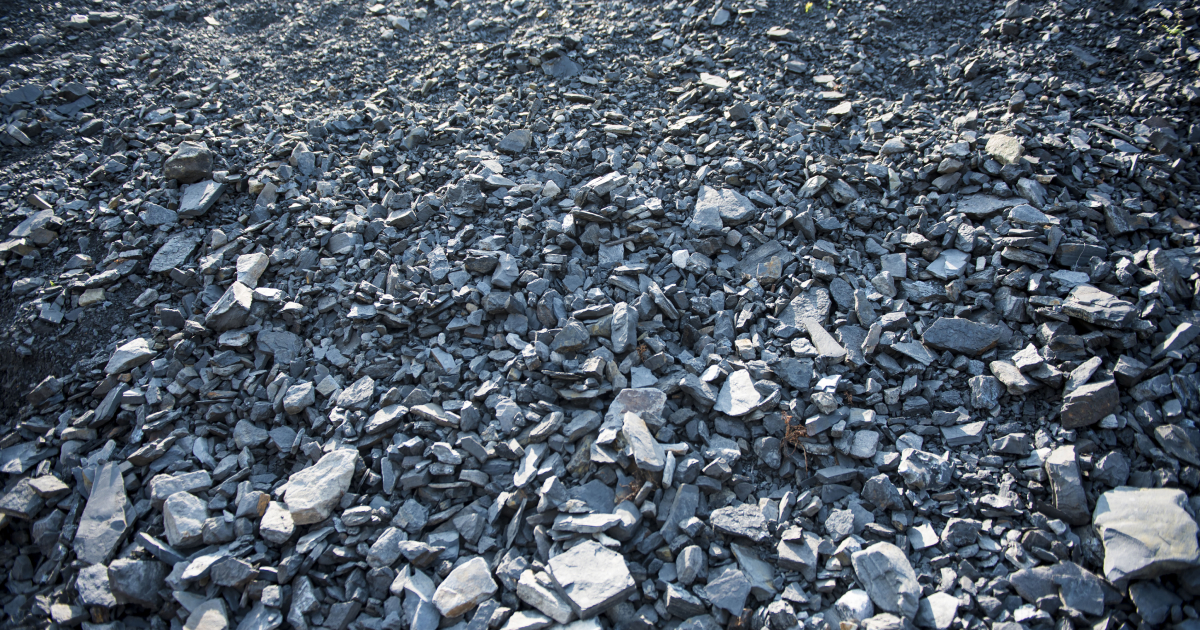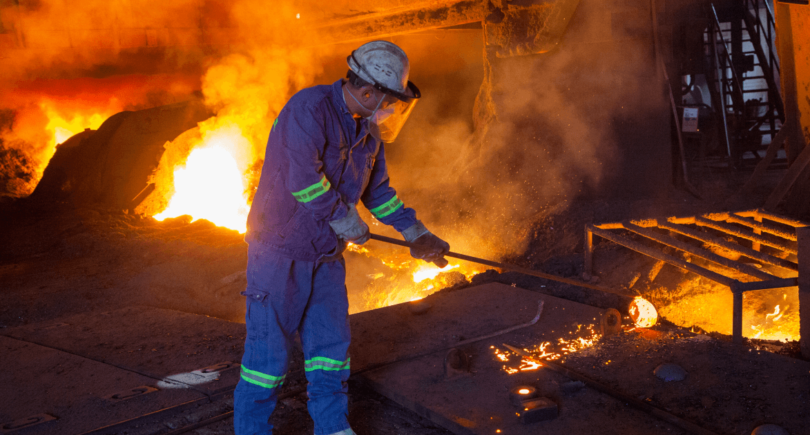
News Global Market коксівне вугілля 106 25 June 2025
Australian exports during this period decreased by 7.2% year-on-year
Global coking coal exports in January-May 2025 decreased by 1.4% year-on-year to approximately 139 million tons, according to BigMint, citing preliminary data.
Demand for metallurgical coal was affected by a decline in steel production, weak metal prices due to economic and trade uncertainty, tariffs, slowing demand for steel in China, and energy prices in the EU.
Australian coking coal exports fell by 7.2% year-on-year to 56.8 million tons in the first five months of the year. In addition to lower demand from major buyers such as India, Japan, and China, Australian supplies also fell partly because Queensland’s key coal ports significantly reduced shipments in February, coinciding with heavy rains in North Queensland.
For Indian steelmakers, especially after sharp price increases in 2021 and 2022, coking coal remains a highly volatile commodity. Indian blast furnace steelmakers are diversifying their import sources, especially given that Russia offers competitive prices due to sanctions, and are reducing their dependence on Australian products. Some companies are also investing in foreign coking coal mines. In addition, the country’s metallurgists are experimenting with new coal blends and grades for pig iron production.
Demand for coking coal in China is generally stable. According to the National Bureau of Statistics, total coke production in the country reached 207.23 million tons in January-May, up 3.3% year-on-year.
The country is reducing its dependence on coking coal imports this year. In addition, increased purchases from Russia and Mongolia will compensate for volumes from Australia. However, the growth of domestic supplies in China and the unwillingness of local buyers to follow the prices of Mongolian coal electronic auctions on the country’s stock exchange affected this item of the country’s exports in January-May 2025.
Exports of metallurgical coal from the US in the first five months of 2025 fell by almost 8% year-on-year to 18.5 million tons due to a drop in shipments to China after the announcement of tariffs. The US is seeking to expand exports to the growing Asian market amid declining demand in the EU. However, high production costs and rising transportation costs are obstacles.
As for forecasts, BigMint notes that if China does indeed reduce its steel production by the end of the year, pressure on global metallurgical coal trade is likely to intensify. This is because growing demand in India and Southeast Asia is unlikely to offset the decline in the Chinese market. On the other hand, supplies from Australia are expected to increase as large mining companies are likely to ramp up production capacity.
Indian plants, for their part, are likely to prioritize competitive prices in the future, continue to experiment, and introduce newer coke production technologies. However, the country’s dependence on high-quality coking coal from Australia is expected to continue in the near future.
As GMK Center reported earlier, Chinese coke prices fell in mid-June amid a seasonal decline in steel demand. In the short term, prices for this product may come under downward pressure.




